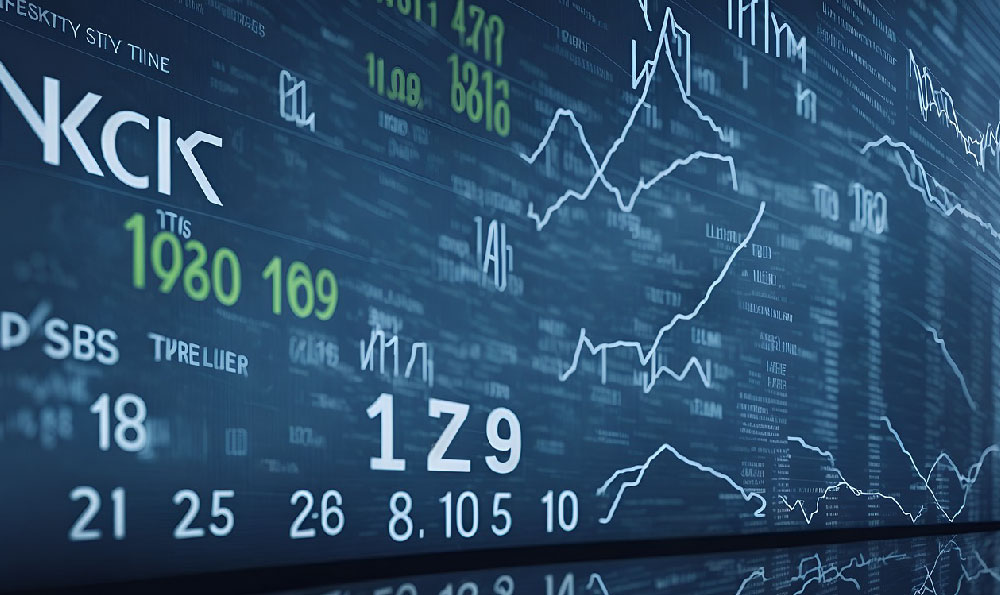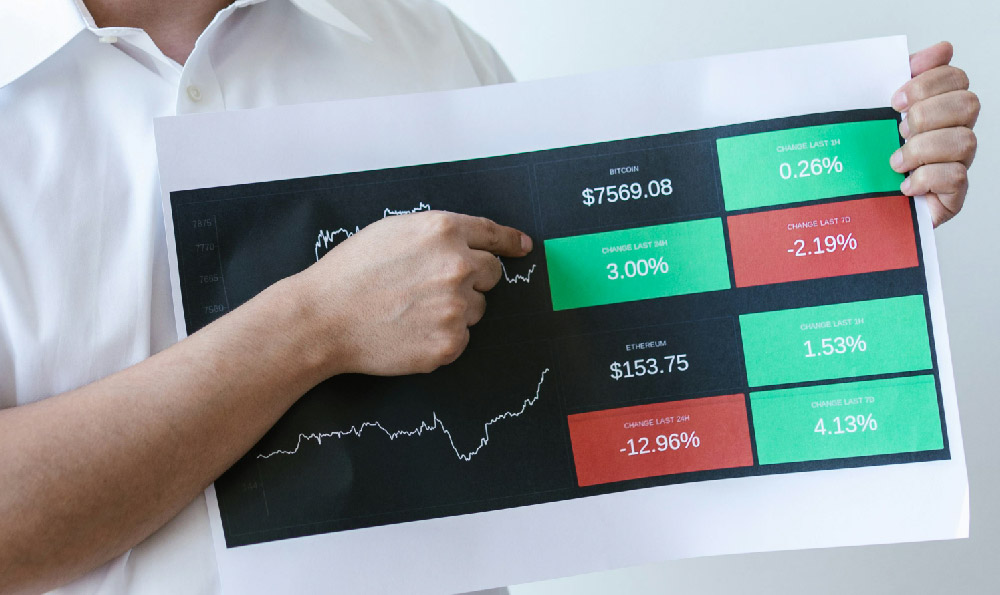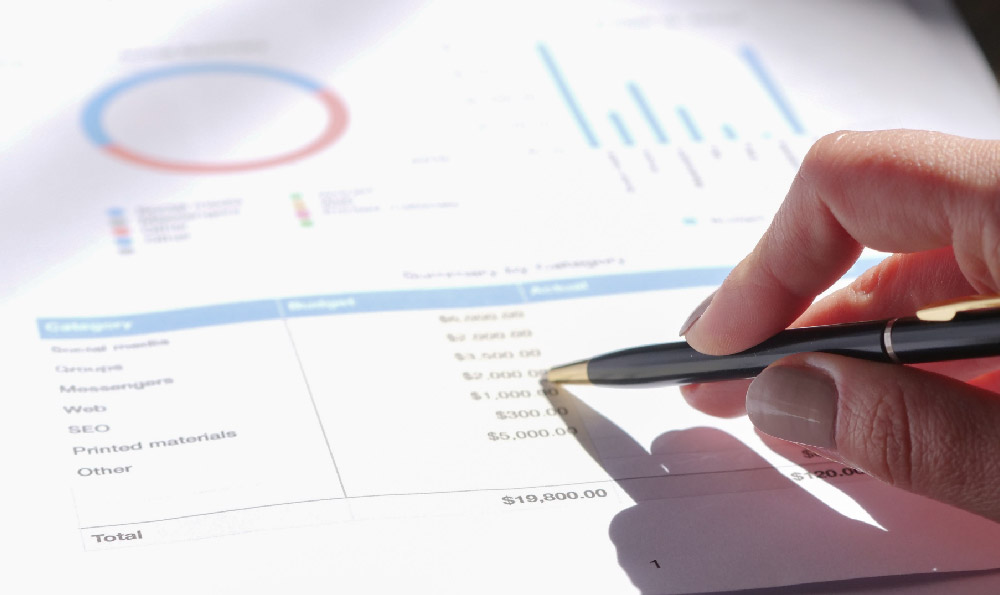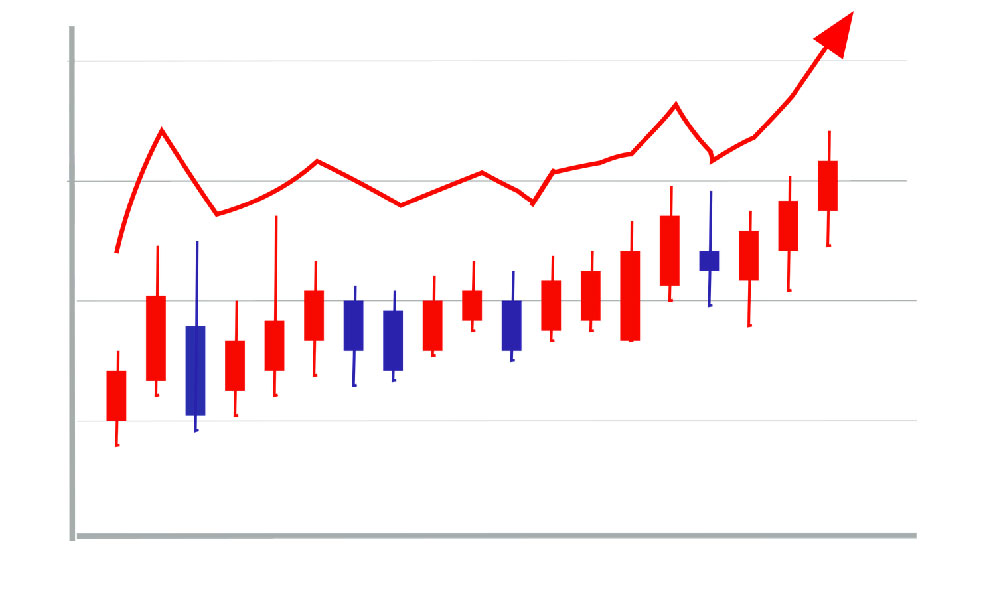Gold and Silver ETFs: How and Where to Invest?
Gold and silver exchange-traded funds (ETFs) have emerged as popular investment vehicles, offering investors a convenient and relatively liquid way to gain exposure to these precious metals without the complexities of physical ownership. Understanding how and where to invest in these ETFs requires a careful consideration of your investment goals, risk tolerance, and market outlook.
One of the primary reasons investors turn to gold and silver ETFs is their accessibility. Unlike purchasing physical gold or silver bars or coins, which involve storage, insurance, and security concerns, ETFs are traded on major stock exchanges just like any other stock. This allows investors to buy and sell shares quickly and easily, often with low transaction costs. Furthermore, ETFs generally offer fractional ownership, making it possible for investors with varying budget sizes to participate in the market.
The structure of gold and silver ETFs is relatively straightforward. Most ETFs operate by holding physical gold or silver bullion in secure vaults, with each share representing a specific fraction of that metal. The ETF's price closely tracks the spot price of the underlying commodity, making it a transparent and efficient investment option. It's important to note that some ETFs may also hold gold or silver futures contracts, rather than physical metal. Understanding the underlying assets of the specific ETF you are considering is crucial. For instance, a physically backed ETF will generally have a lower tracking error compared to a futures-based ETF, particularly over longer periods.
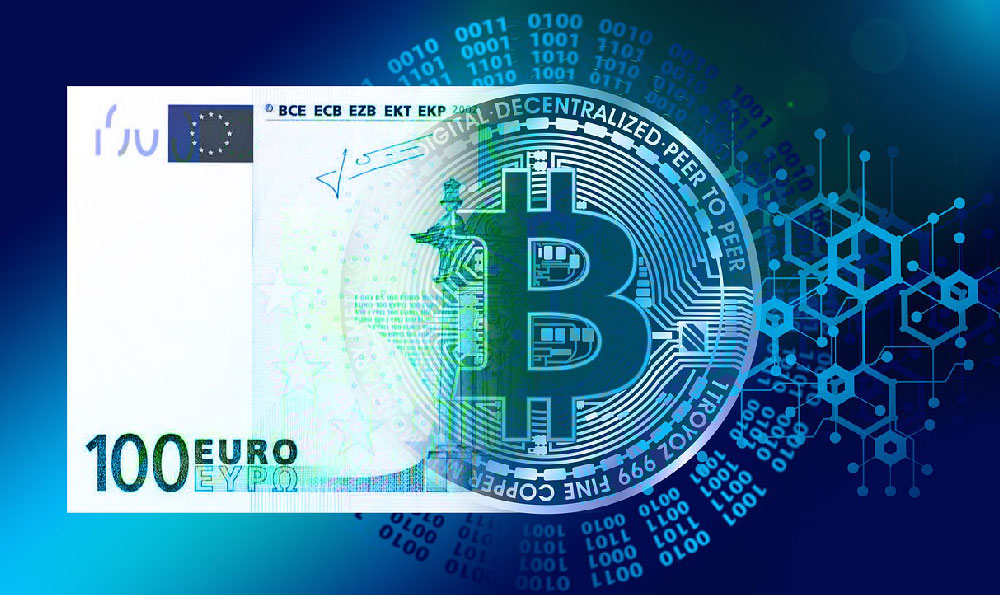
When considering which gold or silver ETF to invest in, several factors should be evaluated. Expense ratios are a key consideration, as these fees can erode returns over time. Larger ETFs with higher trading volumes generally have lower expense ratios due to economies of scale. Liquidity is another important aspect. A highly liquid ETF ensures that you can buy and sell shares easily without significantly impacting the price. This is especially critical during periods of market volatility. The fund's tracking error, which measures how closely the ETF's price follows the underlying commodity price, is another essential metric to assess. Lower tracking errors indicate a more precise representation of the metal's performance.
The rationale behind investing in gold and silver ETFs often stems from their perceived role as safe-haven assets. During times of economic uncertainty, geopolitical instability, or inflationary pressures, investors tend to flock to precious metals as a store of value. Gold, in particular, has a long history as a hedge against inflation and currency devaluation. Silver, while also considered a precious metal, tends to be more volatile than gold due to its industrial applications. As such, its price is often influenced by factors beyond its safe-haven status, such as demand from the electronics and manufacturing sectors.
However, it's important to recognize that gold and silver ETFs are not without risk. The price of gold and silver can fluctuate significantly, and there is no guarantee that these metals will maintain their value or appreciate over time. Factors such as interest rate hikes, a strengthening US dollar, and improving economic conditions can negatively impact the prices of gold and silver. Additionally, the cost of storing and insuring the physical metal held by the ETF can also affect its performance. Therefore, it's crucial to conduct thorough research and understand the potential risks before investing in gold or silver ETFs.
Where to invest in these ETFs depends on your existing investment portfolio and risk tolerance. Generally, financial advisors recommend allocating a small percentage of your portfolio to precious metals as a diversification strategy. This allocation can vary depending on your individual circumstances, but a common range is between 5% and 10%. Consider your overall investment goals and timeframe. If you have a long-term investment horizon, you may be more comfortable with a higher allocation to precious metals. If you are approaching retirement or have a shorter investment horizon, a more conservative approach may be warranted.
Brokerage accounts are the most common platform for investing in gold and silver ETFs. Most major online brokers offer a wide selection of these ETFs, allowing you to buy and sell shares easily and with low commissions. It is prudent to compare different ETFs available through your brokerage and select one which suits your specific criteria in regards to expense ratio, tracking error and liquidity.
It is worth noting the tax implications of investing in gold and silver ETFs. Gains from the sale of ETF shares are typically taxed as capital gains, with the tax rate depending on your income bracket and the length of time you held the shares. Physical gold and silver have varying and more complex tax structures that are avoided by using an ETF. Consult with a tax professional to understand the specific tax implications of investing in these ETFs in your jurisdiction.
Diversifying your investments is a fundamental principle of sound financial planning. While gold and silver ETFs can play a role in a diversified portfolio, it's essential to remember that they should not be the sole focus of your investment strategy. Allocate your assets across a variety of asset classes, such as stocks, bonds, and real estate, to reduce risk and enhance potential returns.
In conclusion, gold and silver ETFs offer investors a convenient and accessible way to gain exposure to precious metals. By understanding the structure of these ETFs, the factors that influence their performance, and the potential risks involved, you can make informed investment decisions and potentially enhance your portfolio's diversification. Remember to consider your investment goals, risk tolerance, and timeframe before investing in gold or silver ETFs, and consult with a financial advisor to develop a comprehensive investment strategy that aligns with your individual needs.

